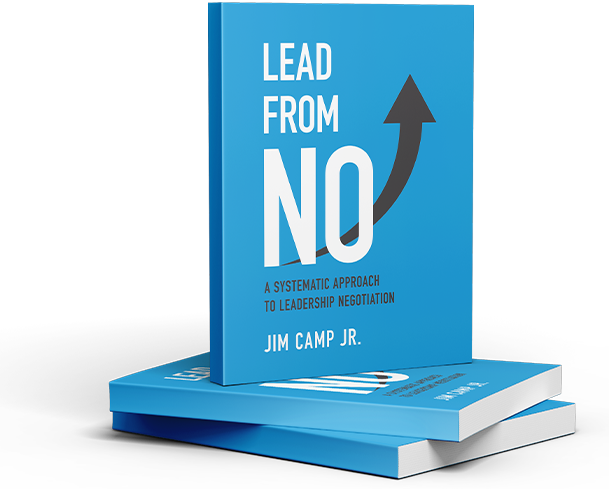The need to feel okay is one of the most basic motivators of human behavior.
“Okay” largely encompasses feelings of safety, comfort and confidence, so we humans will do all kinds of things just to feel okay.
We go get a fresh haircut right before a big job interview or presentation. We make the extra effort to win over our significant others’ families when we first meet them. We work 16-hour days sometimes when our professional lives demand it because we crave the feeling of being successful.
Understand this much, and you understand one of the key aspects of being human.
Okay also has a comparative element: How okay we feel about ourselves is relative to how we perceive those around us. Whether we feel a little ahead of or a little behind another person determines how okay we feel in that particular situation.
This means you can make another person feel more okay — more confident, more secure, more comfortable — by slightly being not okay yourself.
Jim referenced the television detective Columbo as a prime example of this in Start With No:
“By letting your adversary be a little more okay, you start to bring down barriers. By allowing him to feel in control, you, like Columbo, are actually in control. The detective’s sad-sack behavior was calculated.”
There are hundreds of other great examples of people using this relative state of not okay to their advantage. Below are two such examples, each from vastly different realms of the human experience, but both show how people take control of a situation by simply appearing less than okay.
Slate’s Kindly Brontosaurus
In 2013, Slate magazine senior editor Jessica Winter introduced readers to an idea for getting past gatekeepers such as ticketing agents that was as effective as it was ridiculous.
Winter presented the idea in the context of a traveler trying to get a seat on a flight that an agent says is booked:
“You state your name and request. You make a clear and concise case. And then, after the gate agent informs you that your chances of making it onto this flight are on par with the possibility that a dinosaur will spontaneously reanimate and teach himself to fly an airplane, you nod empathically, say something like, ‘Well, I’m sure we can find a way to work this out,’ and step just to the side of the agent’s kiosk.”
The genius is in the next step: You then wait just on the periphery of the gate agent’s line of site, “hands loosely clasped in a faintly prayerful arrangement,” neck extended slightly, and mouth turned up in an empathic smile.
Eventually, Winter wrote, the ticketing agent will feel compelled to hand you a boarding pass. Winter called this idea the Kindly Brontosaurus, and she said it helped her gain entrance to full flights, concerts and a closed area of a museum.
Why does this work?
Winter never explicitly frames her method as such, but this is a classic example of making a gatekeeper feel more okay, and that is what allowed Winter to negotiate seemingly undeserved access to planes and museums.
For the piece, Winter reached out to body language expert Dr. Lillian Glass for insight into what mechanism is at work.
Said Glass: “The body language of the Kindly Brontosaurus is respectful and nonthreatening. There’s a humility, so you allow the other person to feel empowered. Since you’ve made them feel like king of the jungle, they’re more receptive to you.”
Winter’s use of the phrase “prayerful arrangement” in describing her own hand placement offers an interesting parallel with our second example, one of the world’s masters at making the people around him feel okay.
The Dalai Lama
If you ever get the chance to watch the Dalai Lama speak, do it. Often, he will sit cross-legged in a comfortable chair — on a stage in front of tens of thousands of people — and intersperse his speech with jokes, which he laughs at himself.
The Dalai Lama once shared a stage with English comic Russell Brand, and their banter was illustrative. Here is the video. Watch how the Dalai Lama laughs heartily at Brand’s jokes, casually sips from his tea mug, then doesn’t even bother turning away from the microphone when he speak to his translator.
The difference here is the Dalai Lama isn’t negotiating anything; his state of not-quite-okay is just a matter of fact. Still, it makes every interview and every speech he gives that much more engaging.
His humility allows him to easily take the less-okay position, and we listeners all end up hanging on to every last word as a result.





